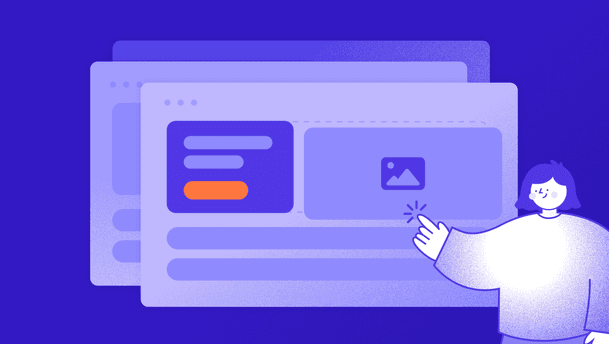B2B buyers today expect the same level of personalization they experience as consumers.
While in B2C e-commerce, personalization has long been the norm—shaping shopping experiences, product recommendations, and marketing messages, many B2B companies still rely on a generic, one-size-fits-all approach.
This lack of personalization means B2B businesses are missing out on opportunities to connect with prospects in a meaningful way, despite the availability of valuable visitor data. They invest in visitor identification tools like Leadfeeder, Snitcher, or Albacross. that provide key firmographic data—such as company name, industry, and size—helping businesses understand who is visiting their website. However, despite this valuable insight, most companies don’t take full advantage of it.
The typical scenario involves a company visiting your website, their details being logged into your CRM, and your sales team following up later through cold outreach. Meanwhile, your website presents the same generic content to all visitors, failing to engage prospects in real time and missing the chance to address their specific needs.
Why a generic website fails to convert
Your website is often the first impression a potential customer has of your brand. But if every visitor sees the same messaging, the same case studies, and the same call-to-action (CTA), you’re missing an opportunity to connect with them in a meaningful way.
Visitors come from different industries and companies of varying sizes. For example, a small business looking for marketing automation tools has very different needs than a large enterprise searching for scalable CRM solutions. Yet, most B2B websites treat both visitors the same.
This lack of personalization leads to several issues:
- A weak first impression: If visitors don’t see content relevant to their industry or company size, they’re less likely to stay engaged.
- Decreased engagement rates: Generic messaging fails to connect with a visitor’s specific challenges, making them less inclined to explore further.
- Delayed and less effective outreach: Cold outreach often happens too late—by the time sales reaches out, the visitor’s interest may have faded.
- Lower conversion rates: If a visitor doesn’t see content that speaks directly to them, they’re less likely to fill out forms or take the next step.









